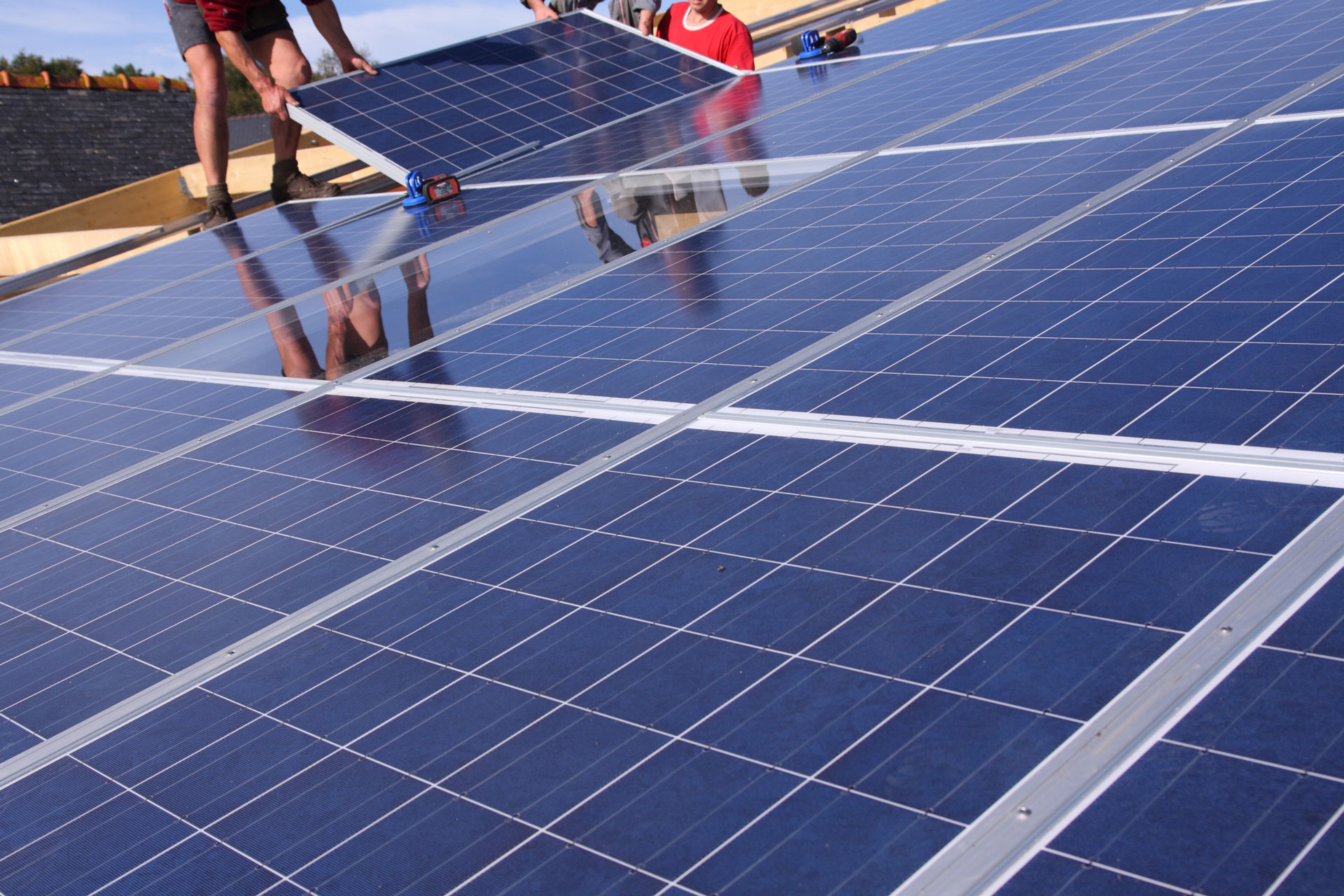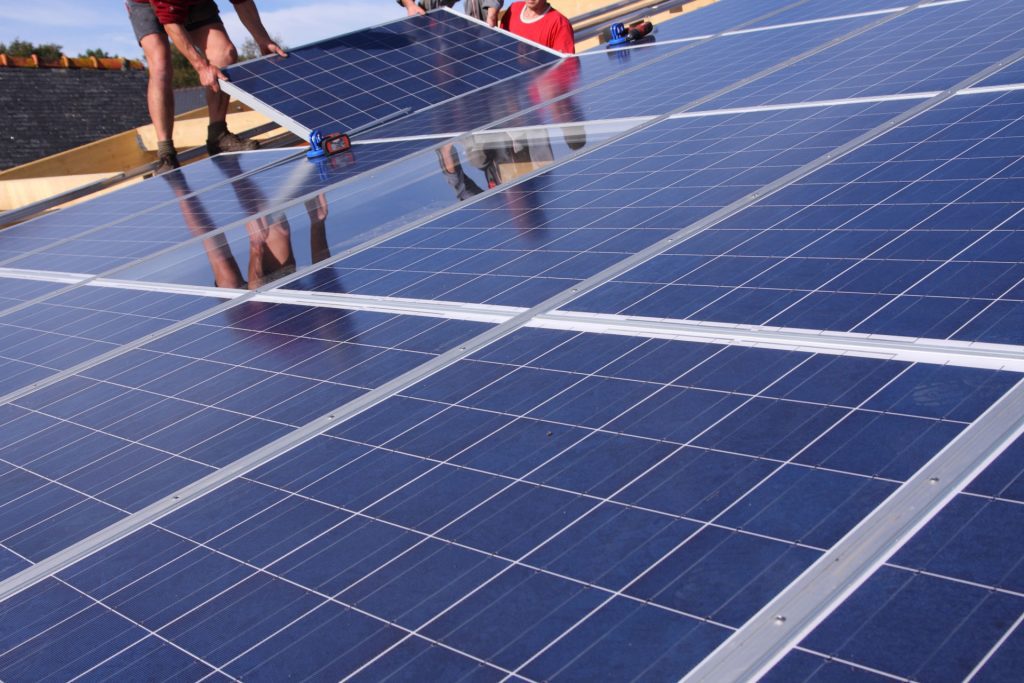
02 May Mastering Solar Installation: Professional Tips for Kenyan Builders
As the world transitions toward renewable energy, solar power has become a go-to solution for reducing energy costs and contributing to environmental sustainability. For builders in Kenya, mastering solar installation is becoming an essential skill as the demand for solar systems increases. Whether you are constructing residential homes, commercial buildings, or rural infrastructure, understanding the technical and practical aspects of solar installation can set you apart in this growing market.

Understanding Solar Installation Basics
Solar installation involves much more than simply placing solar panels on a rooftop. Builders need to understand how solar panels work, how to size systems appropriately, and how to integrate them with existing electrical systems. Photovoltaic cells in solar panels convert sunlight into electricity, which users can store in batteries or feed into the local power grid. To ensure optimal performance, users must consider various factors such as panel placement, wiring, and system design.
One of the first steps in solar installation is determining the energy needs of the building. The size and number of solar panels needed depend on the energy consumption of the home or business. For builders, this means working closely with clients to understand their energy requirements and designing a system that meets those needs.
Choosing the Right Solar System for Each Project
Not all solar installations work the same way. The type of solar system you choose depends on the building’s energy demands, location, and available space. In urban areas with limited space, rooftop solar panels often provide the best solution. For larger commercial buildings or rural setups, ground-mounted systems may offer a better fit.
Builders should also decide whether to install a grid-tied or off-grid system. Grid-tied systems connect to the national electricity grid, allowing users to sell surplus energy back to it. Off-grid systems work best in remote areas without grid access. Each option offers distinct advantages, and the best choice depends on the project’s specific needs.
Solar Panel Placement and Orientation
One of the most important aspects of solar installation is the proper placement and orientation of the solar panels. To maximize efficiency, solar panels should be positioned to capture the most sunlight during the day. In Kenya, the optimal direction is usually facing north or slightly east-west, depending on the specific location.
The tilt of the panels is also crucial. Solar panels should be tilted at an angle that allows them to capture sunlight for as many hours as possible, considering the geographical location and local climate. Builders should also consider any potential shading from surrounding structures, trees, or other obstacles that may reduce the efficiency of the solar panels.
Electrical Connections and Inverters
Once the panels are in place, the next step is making the electrical connections. This involves wiring the solar panels to an inverter, which converts the direct current (DC) electricity generated by the panels into alternating current (AC) electricity that can be used in the building. Inverters should be installed in a well-ventilated area to prevent overheating and ensure optimal performance.
For builders, understanding the electrical codes and safety standards related to solar installations is critical. Proper grounding of the system and using high-quality components can help prevent electrical hazards and ensure the longevity of the system.
Maintenance and Monitoring
Proper maintenance is essential for ensuring the long-term performance of a solar system. While solar panels generally require little maintenance, regular cleaning and inspection are necessary to remove debris or dirt that may block sunlight and reduce efficiency. Additionally, the inverter and battery systems should be checked periodically to ensure they are functioning properly.
Some solar systems are equipped with monitoring devices that allow owners to track energy production and system performance. Builders should educate clients about how to use these tools to monitor the efficiency of their solar systems and identify any potential issues before they become major problems.
The Growing Role of Solar Installation in Kenya
In Kenya, the adoption of solar energy has been accelerating in recent years, driven by the country’s energy demands and environmental goals. With much of the population still without reliable access to electricity, solar power offers a sustainable and cost-effective solution for homes and businesses. Builders who are equipped with the knowledge and skills to install solar systems are in high demand.
Moreover, Kenya’s government and various non-governmental organizations have been supporting solar initiatives with incentives and policies that make solar installations more affordable. This creates a growing market for builders who can provide solar solutions to a range of clients, from urban homeowners to rural businesses.
Spenomatic Solar’s Contribution to the Solar Installation Industry
At Spenomatic Solar, we understand the growing importance of solar power in transforming Kenya’s energy landscape. We provide professional solar installation services that are tailored to the specific needs of each client. Our team of experts ensures that every installation is efficient, safe, and designed to maximize the benefits of solar energy.
We take pride in providing top-quality solar systems and installation services, whether for residential, commercial, or rural projects. By offering a range of flexible payment plans and reliable products, we make solar energy accessible to a wider audience. Builders who partner with us can rest assured that they are working with a trusted provider that values quality and customer satisfaction above all.
Conclusion
Mastering solar installation is an essential skill for builders in Kenya as the country continues to embrace renewable energy solutions. With the growing demand for solar power, builders who are proficient in solar installation can tap into a lucrative market while contributing to a more sustainable future. By understanding the basics of solar energy, choosing the right systems, and ensuring proper installation, builders can deliver valuable solutions to clients in both urban and rural settings.
FAQs
1. How can I ensure a successful solar installation?
Successful solar installation starts with proper system design, correct panel placement, and ensuring that all electrical connections are up to code. Working with an experienced provider can help ensure a smooth installation process.
2. What are the key components of a solar installation?
The key components of a solar installation include solar panels, an inverter, wiring, and storage systems such as batteries. Proper integration of these components ensures efficient energy production and use.
3. Are there financing options available for solar installations?
Yes, there are various financing options for solar installations, including flexible payment plans. Companies like Spenomatic Solar offer affordable solutions that make solar energy accessible to more people.
4. What role does Spenomatic Solar play in solar installations?
At Spenomatic Solar, we provide comprehensive solar solutions, from system design to installation. Our expert team ensures that every project is completed with the highest standards of quality and safety.
5. How can I maintain my solar system after installation?
Maintenance involves regular cleaning of the panels, checking the inverter, and ensuring the system operates efficiently. Some solar systems come with monitoring tools to track performance and identify any issues.


No Comments